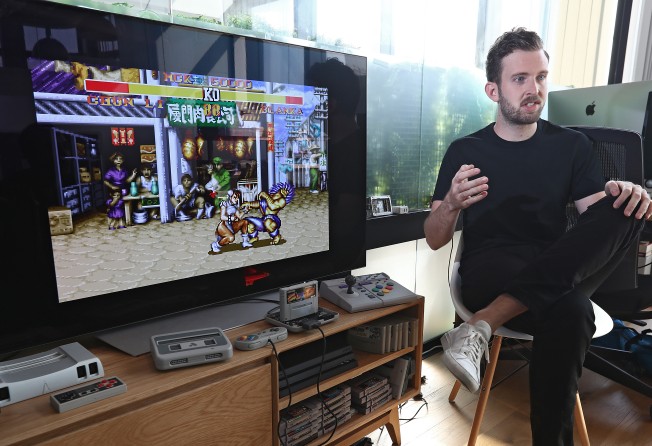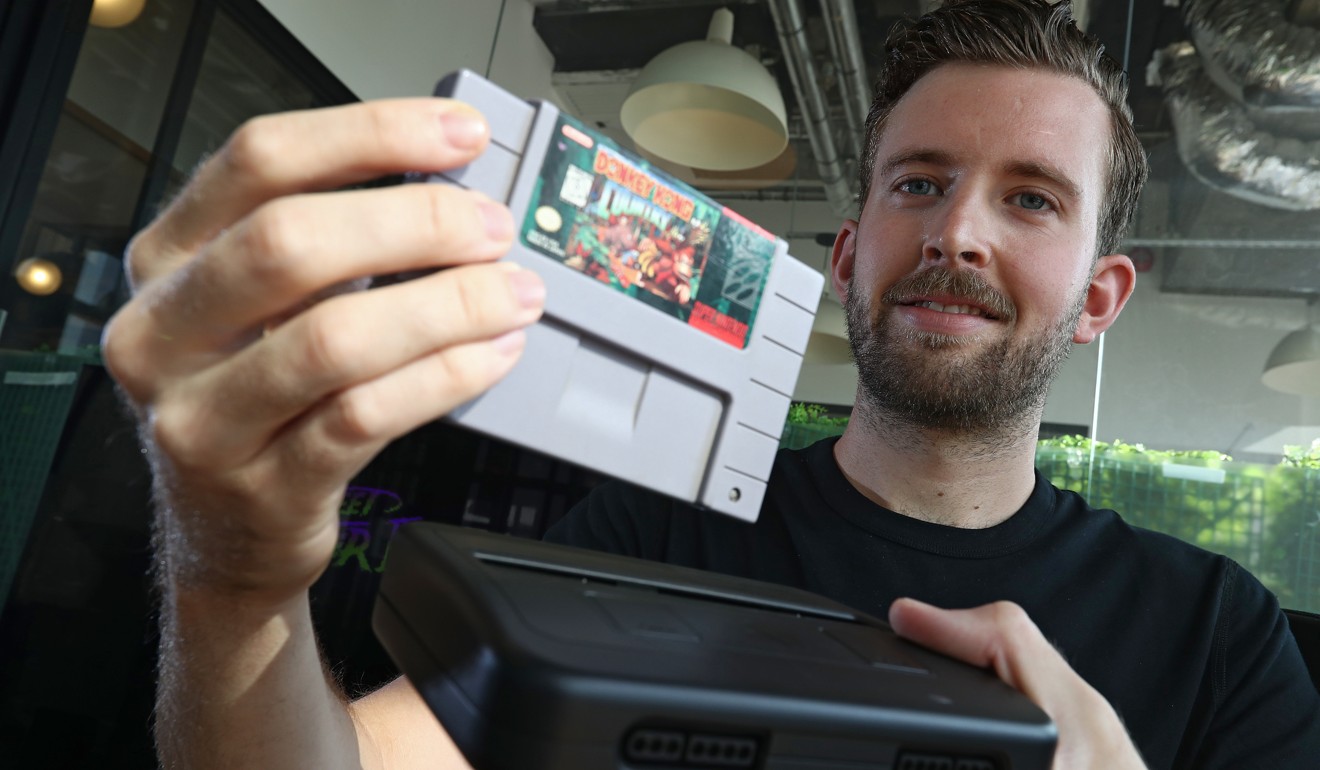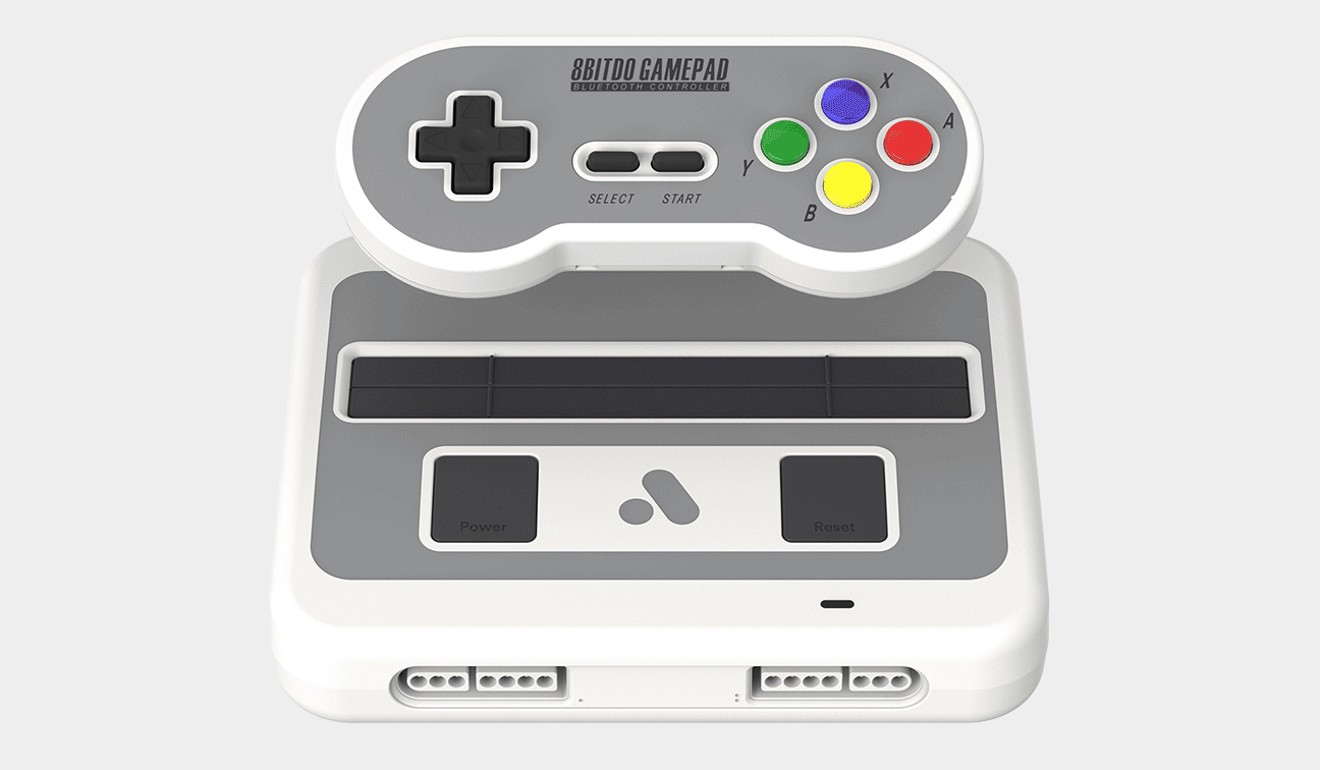Retro gaming gets 21st-century boost with Analogue consoles
The Analogue Super Nt and NT mini consoles can play Nintendo and Super Nintendo’s original cartridges and output them in high definition video and audio suitable for today’s TVs. Other games systems are in the pipeline

Within seconds, nearly all of the world’s media can be at your fingertips. At the click of a button, you can easily access Buster Keaton’s early shorts, the “Closet Mix” of the Velvet Underground’s third album and the entire oeuvre of Philip K. Dick.
However, this isn’t true for video games. Once a generation has moved forward, and new consoles and operating systems are released, a game that once sold millions of copies might be lost forever. That lack of preservation, of safeguarding history and conserving an important part of pop culture, is a large part of what drives the current retro-gaming trend.
But while emulators and all-in-one devices do a decent job of recreating older systems such as the Nintendo Entertainment System (NES) and Sega Genesis, much of the immersive experience is lost. Enter Analogue, a US company that’s been called the “Leica of retro video games” (as its founder Christopher Taber repeatedly reminds me during our interview). Sure, it’s a marketing catchphrase, but it’s not far from the truth.
The company currently only sells two devices: the Nt mini, which can play NES/Famicom games, and the Super Nt, compatible with Super NES/Famicom releases. Nothing is preloaded, there’s no emulation – you need to use the original Nintendo cartridges and these can now sell for up to US$500 (about HK$4,000), or double the price of a PlayStation 4.
But despite those limitations, retro-gaming obsessives consider the Analogue devices to be the crème de la crème – stunning high-quality retro consoles that allow nostalgic gamers to relive their youth in high-definition, and often with many of the hardware perks they couldn’t afford back in the day.
“Just to be clear, unlike other devices, we don’t make products that focus on nostalgia as the key point,” say Taber.
“We’re focused on creating an accurate experience that’s faithful to the original, if not better. Playing those knock off emulators is like watching your favourite film on a crappy streaming site on your phone. We’ve designed our products with zero degradation – so with a lot of the games released on the original system, there’s literally no other way to get that pure experience except on our consoles.”

“We were coming here to oversee production, and every time I’d come I’d stay a little longer,” says Taber. “Two months, three months. After a while, I figured I should just move here. The video games and electronics market is so different here. It’s a really inspiring place to be. I love the hardworking, 24-hour mindset. Everything is sharper and on edge.”
That sense of energy and excitement harks back to when the company started in 2011, during Taber’s college days in Montana. He was fascinated by lost releases, particularly those by defunct Japanese brand Neo Geo released for game arcades. While most arcade machines could only play one game, Neo Geo developed an interchangeable cartridge system for theirs, almost like a massive console.
“Neo Geo released about 150 games for arcades, and a load of really cool ones you couldn’t play any other way. If you wanted to play them, you literally had to buy a commercial arcade cabinet,” says Taber. “I was fascinated and wanted to play them, but there was no solution – so I made a solution. I had no experience at all. I found electrical engineers and industrial designers around my campus, we took the motherboards from the original system, redesigned it and encased it all in a console kit.”

Released in 2012 with a limited production run, it immediately sold out and now auctions on eBay for up to double its original price. Taber and his team saw they were onto something, and they used the profits for their next focus: Nintendo’s popular but neglected line of early systems.
“With a lot of old consoles, the original systems have certain capabilities and limitations,” says Taber. “Nintendo’s early products are one of the biggest in modifications, with fans bringing in both the Japanese and US consoles to create boutique boards,” says Taber. “We essentially took everything somebody would ever want in a Nintendo system and turned it into a pedestal product. Nobody else was doing it and what we’re doing is so specific. We developed and cultivated an audience around that.”
The Nt mini, compatible with every type of NES and Famicom game, was released in 2015 with numerous audio-video outputs, including 1080p HDMI, as well as a variety of other features. The reviews were effusive and, despite its US$500 cost, it garnered massive interest and, again, immediately sold out.
The Super Nt, set for release in February 2018, has just as many features, if not more, but is priced more modestly at just US$189. I had a chance to test out the system when I dropped by Analogue’s Hong Kong office – and to say a wave of nostalgia washed over me is doing it a disservice. This was complete immersion, an experience so much more than my SNES memories, and I was immediately a convert.

“The NES Classic and SNES Classic are great products. They’re exactly what they should be,” says Taber. “They are bringing this period of games to everybody – they’re playing them more, talking about them more. People ask us if we’re competing and we’re absolutely not. You’ve got a toy versus an enthusiast product, but the bridge that exists between them is what’s important.”
Meanwhile, Analogue isn’t limiting itself to Nintendo. Up next, Taber says, are plans for every forgotten console released in the years since: Sega Genesis, Atari Jaguar, 3DO, Sega Saturn, Dreamcast. There’s no timeline, but their focus and the interest it’s creating certainly makes a strong case for the conservation of gaming’s history.
“It’s extremely difficult to take old consoles and make products that work on modern televisions which faithfully represent the original hardware,” says Taber. “But to go from a US$650 console to a US$189 console, with 100 times the sophistication behind it – it was a long road to make something that effective, but we’re doing it.”